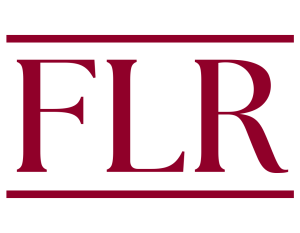Federal Rule of Evidence 702, which covers testimony by expert witnesses, allows a witness to testify “in the form of an opinion or otherwise” if “the testimony is based on sufficient facts or data” and “is the product of reliable principles and methods” that have been “reliably applied.” The determination of “sufficient” (facts or data) and whether the “reliable principles and methods” relate to the scientific question at hand involve more discrimination than the current Rule 702 may suggest. Using examples from latent fingerprint matching and trace evidence (bullet lead and glass), I offer some criteria that scientists often consider in assessing the “trustworthiness” of evidence to enable courts to better distinguish between “trustworthy” and “questionable” evidence. The codification of such criteria may ultimately strengthen the current Rule 702 so courts can better distinguish between demonstrably scientific sufficiency and “opinion” based on inadequate (or inappurtenant) methods

